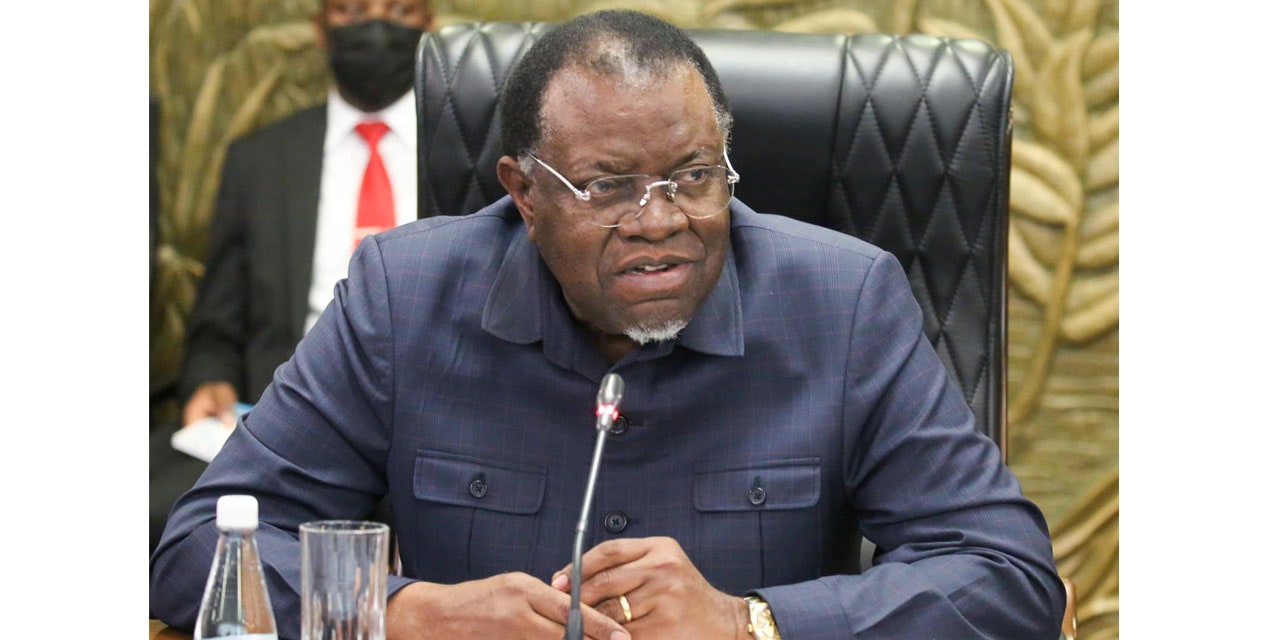CHAMWE KAIRA
Namibia has maintained its upper middle income country status in the World Bank Group country classifications by income level for the financial year 2024 from 1 July 2023 to 30 June 2024.
In terms of comparison with its peers in the Southern African Development Community, South Africa was also rated as an upper middle income country, the same with Botswana while Lesotho is rated as lower middle income country, same with Eswatini, Angola, Zambia, Zimbabwe and Tanzania. Malawi, Mozambique, Democratic Republic of Congo and Madagascar were rated as low income countries.
President Hage Geingob has repeatedly said 100 years of colonisation and the current classification of Namibia as an upper-middle-income class country does not reflect the reality on the ground when it comes to the income disparities between the wealthy whites and poor blacks.
Geingob has often said the formula of dividing the country’s small population with the Gross Domestic Product (GDP) deriving a high per capita income is flawed and requires urgent consideration.
Geingob has argued that the upper middle-income classification denies Namibia access to soft loans and grants, which are necessary to fight inequality aimed at lifting many out of poverty.
World Bank Group country classifications saw Guinea and Zambia both moved from the low income to the lower-middle income category this year. Despite political instability and supply disruptions in agriculture, the Guinea economy grew 4.7% in 2022, boosted by a strong mining sector. Zambia’s economy grew 4.7% in 2022, combined with 8.6% inflation (measured by the GDP deflator), which led nominal GNI to increase by 17.7% and Atlas GNI per capita by 13.6%.
The World Bank Group assigns the world’s economies to four income groups – low, lower-middle, upper-middle, and high. The classifications are updated each year on July 1, based on the GNI per capita of the previous calendar year. GNI measures are expressed in United States dollars using conversion factors derived according to the Atlas method, which in its current form was introduced in 1989. The World Bank’s income classification aims to reflect a country’s level of development, drawing on Atlas GNI per capita as a broadly available indicator of economic capacity.
The classification of countries into income categories has evolved significantly over the period since the late 1980s. In 1987, 30% of reporting countries were classified as low income, while in 2022 only 12% fell into this category.
“The extent of this decline is different between world regions, with the Sub-Saharan African region’s proportion of low-income countries falling from 74% to 46% in 2022, East Asia Pacific from 26% to 3%, and South Asia from 100% to 13% as economies moved to higher categories over this period. This is depicted visually in the diagram below, which shows the income patterns by region,” the World Bank said.




